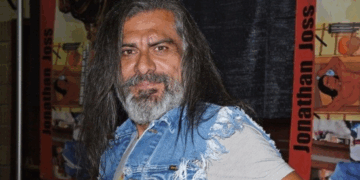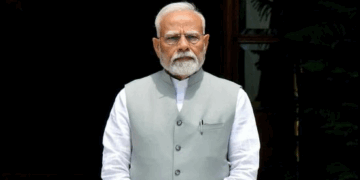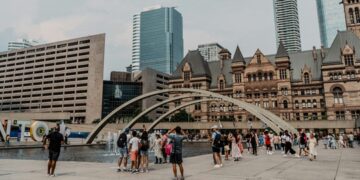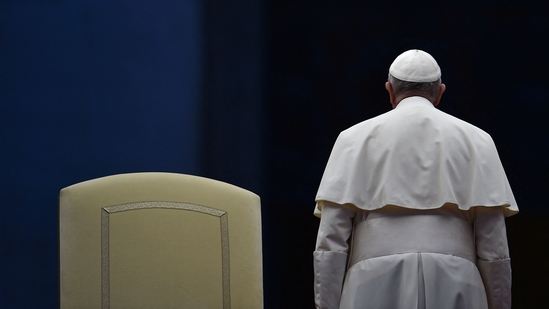Pope Francis, the first pontiff from South America and a transformative figure in the modern Roman Catholic Church, has passed away at the age of 88. The news was confirmed by Cardinal Kevin Farrell in a solemn announcement broadcast on the Vatican’s official television channel.
“Dear brothers and sisters, it is with profound sadness I must announce the death of our Holy Father Francis,” said Cardinal Farrell. “At 7:35 this morning, the Bishop of Rome, Francis, returned to the house of the Father.”
Francis, born Jorge Mario Bergoglio in Argentina, served nearly 12 years as pope and was widely recognized for his progressive stance on social issues, his humility, and efforts to reform the Church.
Last month, he had been hospitalized at Rome’s Gemelli hospital following a serious bout of bronchitis, which ultimately worsened.
With the pope’s passing, the Catholic Church will now begin the process of selecting a new spiritual leader—a centuries-old tradition steeped in ceremony and secrecy.
How is a new pope elected?
The responsibility of electing a new pope falls to the College of Cardinals, composed of senior Church leaders from around the globe. The cardinals are summoned to the Vatican for a conclave, typically held 15 to 20 days after the pope’s death, to allow time for mourning and for all participants to arrive.
Held in the historic Sistine Chapel, the conclave is conducted under strict confidentiality. Cardinals are isolated from the outside world—no phones, radios, or newspapers. Even the support staff are bound by oaths of perpetual secrecy.
Voting is done via secret ballot. Each cardinal writes their chosen name under the Latin phrase “Eligo in Summum Pontificem” (I elect as Supreme Pontiff). A two-thirds majority is required for a candidate to be elected.
After each round of voting, ballots are burned. If no pope is elected, black smoke rises from the chapel’s chimney. When a new pope is chosen, the ballots are mixed with special chemicals to release white smoke, signaling the joyful news to the world.
The chosen candidate is then asked if he accepts the papacy. Upon accepting, he selects a papal name and appears in papal vestments before stepping onto the balcony of St. Peter’s Basilica. There, the senior cardinal deacon proclaims, “Habemus Papam” — “We have a pope.”
The world now watches closely as the Vatican prepares for this sacred and pivotal moment in Church history.








 India
India












